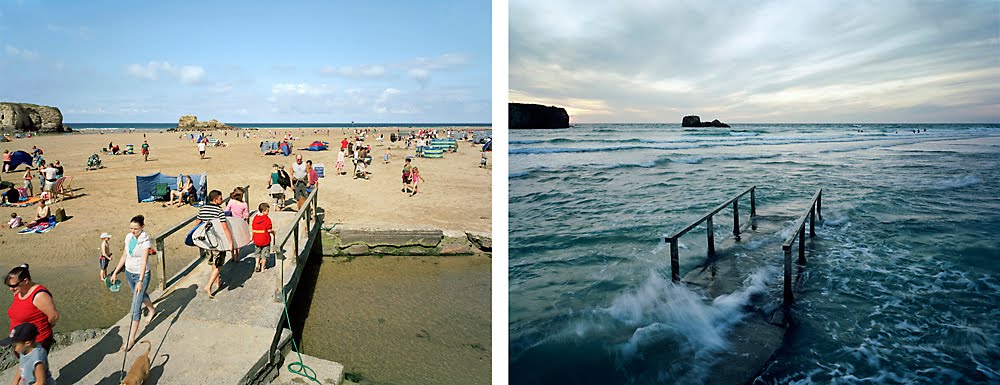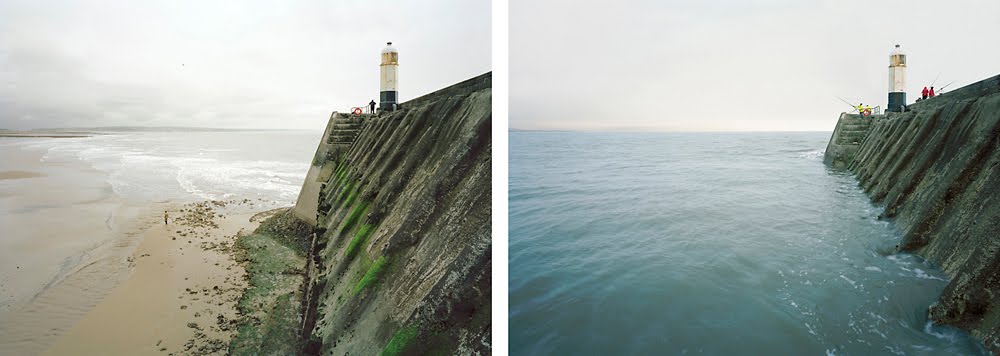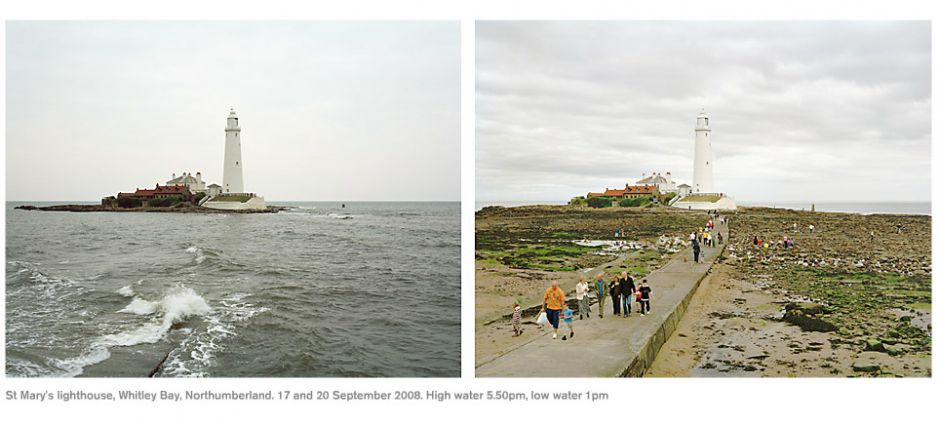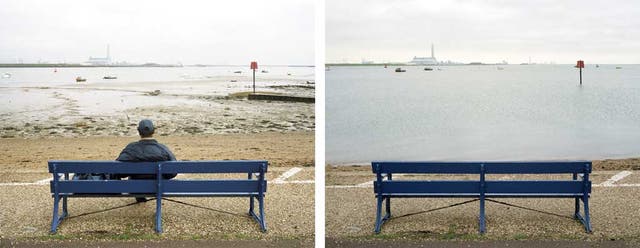1. Research a photo-book and describe the story it is communicating with reference to subject-matter, genre and approach to image-making.
Jim Goldberg: Raised by Wolves. From 1985-1995, Jim Goldberg worked on the streets of Los Angeles and San Francisco getting to know a number of homeless teens, building the relationships that would come to form the basis of Raised by Wolves, the ground-breaking monograph that redefined commonly held notions of documentary work. This photobook describes the stories of runaway, and homeless teens trying to survive on the streets. Jim Goldberg was on the California streets photographing and interviewing his adolescent subjects, their social workers and the police. They all lend a distinct dimension to the harrowing picture of American urban life, and the adversarial institutional culture surrounding it..
2. Who is the photographer? Why did he/she make it? (intentions/ reasons) Who is it for? (audience) How was it received? (any press, reviews, awards, legacy etc.)
Jim Goldberg is an American artist and photographer, whose work reflects long-term, in-depth collaborations with neglected, ignored, or otherwise outside-the-mainstream populations. “I tried to pull the curtain away and talk about issues of neglect and abuse and show the breadth of reasons why these kids were running from home. Often it was because of abuse, or the pursuit of Hollywood dreams, or coming out to their parents and being kicked out.” Received well by critics, often described as very powerful.
3. Deconstruct the narrative, concept and design of the book and apply theory above when considering:
- Book in hand: how does it feel? Smell, sniff the paper: Book uses laminated paper feels very slippery, but creates a good texture on the photographs included, book has a very woody smell to it
- Paper and ink: use of different paper/ textures/ colour or B&W or both: Uses black and white and coloured photographs, majority of photographs black and white, all paper laminated.
- Format, size and orientation: portraiture/ landscape/ square/ A5, A4, A3 / number of pages: Book is portrait, slightly bigger than A4, 315 pages.
- Binding, soft/hard cover. image wrap/dust jacket. saddle stitch/swiss binding/ Japanese stab-binding/ leperello: Soft cover images wrapped on page no dust cover, stich binded.
- Cover: linen/ card. graphic/ printed image. embossed/ debossed. letterpress/ silkscreen/hot-stamping:
- Title: literal or poetic / relevant or intriguing: Poetic, very intriguing
- Narrative: what is the story/ subject-matter. How is it told: Story is told through the lives of the people photographed within the book, book revolves around runaways and homeless teens.
- Structure and architecture: how design/ repeating motifs/ or specific features develops a concept or construct a narrative: Stories of the teens have been put into the book next to photographs to help give understanding to the photographs themselves and to create a deeper narrative within the book.
- Design and layout: image size on pages/ single page, double-spread/ images/ grid, fold- outs/ inserts: Most images take up a whole page, some double spread images, no fold outs or inserts, one grid.
- Editing and sequencing: selection of images/ juxtaposition of photographs/ editing process: The book takes you through the stories of teens living on the streets with most photographs being black and white to compliment the dark lives of those photographed within the book.
- Images and text: are they linked? Introduction/ essay/ statement by artists or others: Stories of the teens photographed are placed next to images within the book.


















































